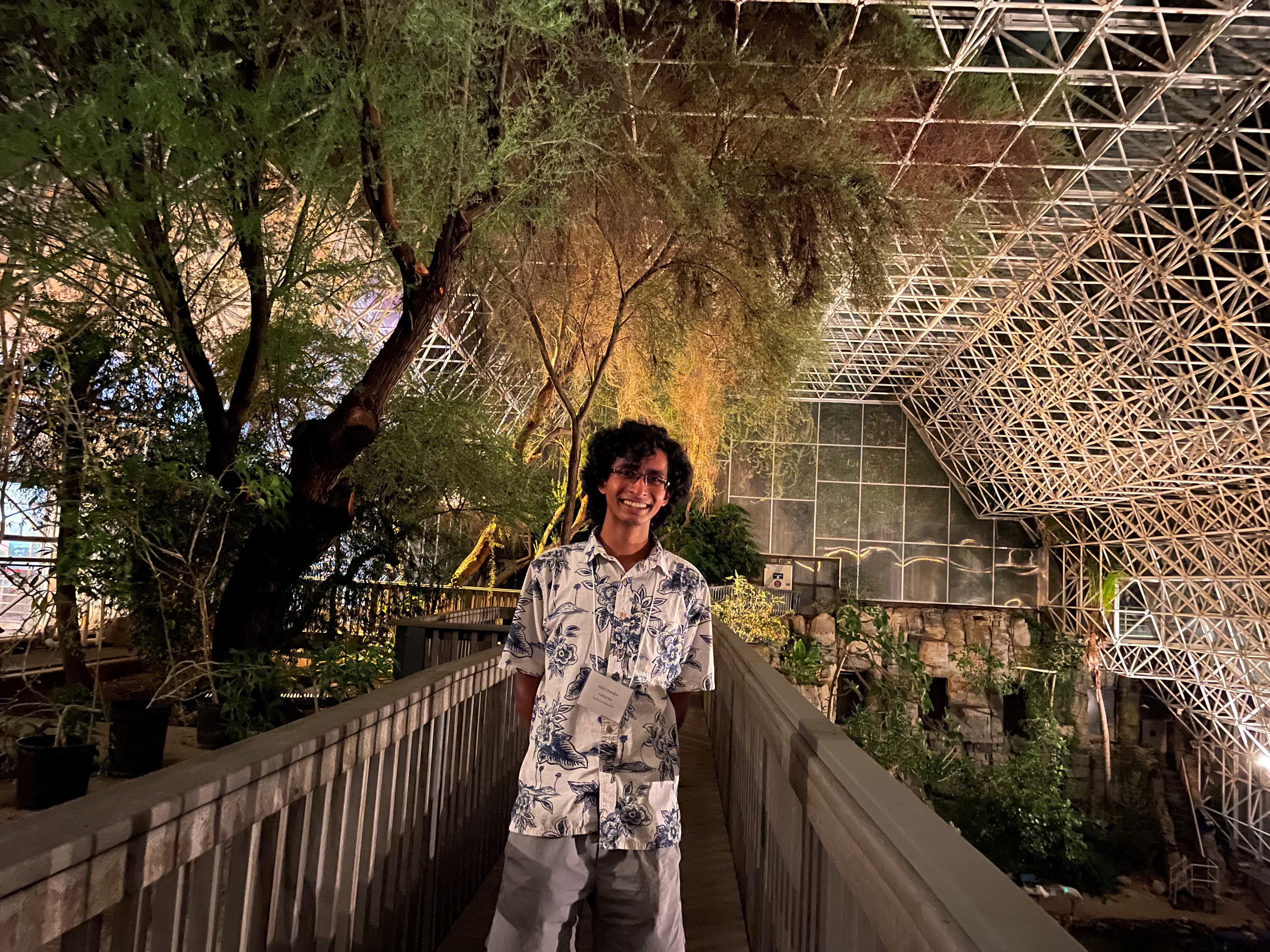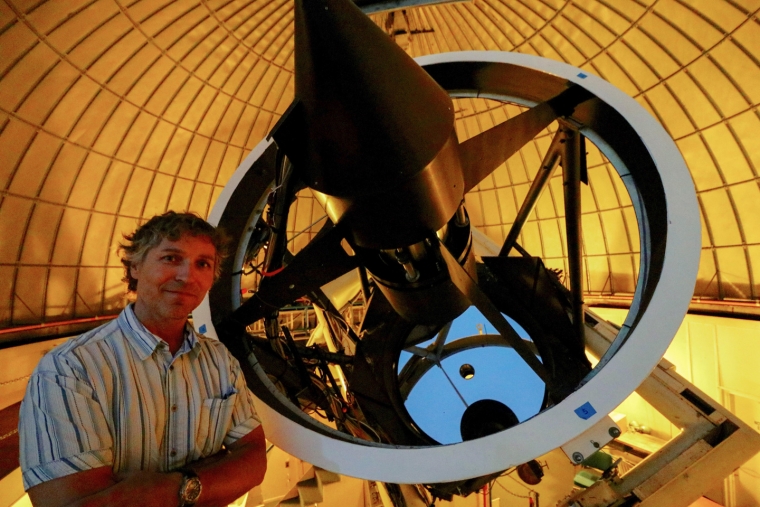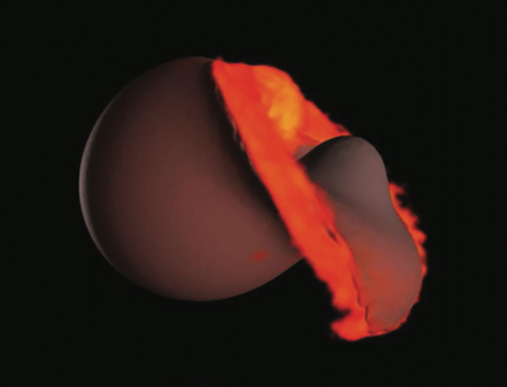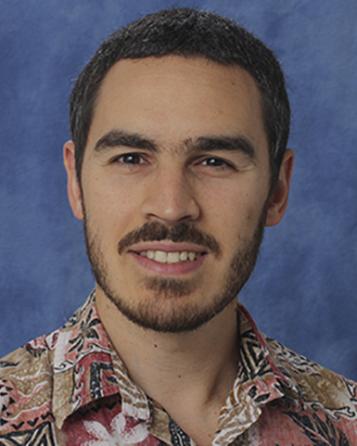Rishi Chandra is the recipient of a University Fellows Award, a prestigious fellowship offered only to the University of Arizona's highest-ranked incoming graduate students. The award provides an annual stipend, tuition scholarship, and health coverage, in addition to professional development and networking opportunities.
Rishi graduated from the University of Illinois at Urbana-Champaign with a B.S. in physics and planetary science. His primary research interests lie in the analysis of solar system materials, including meteorites and returned samples from asteroids and the moon. He also plans to develop cheaply accessible smartphone virtual reality field trips to exotic geologic locales, such as the Antarctic dry valleys and the lunar surface, to inspire the next generation of geoscientists and to engage the public as the scientific community explores these distant frontiers. Aside from his academic interests, Rishi enjoys virtual motorsports, flight simulation, running, and science fiction literature.




 Dr. Daniella DellaGiustina will join LPL as an Assistant Professor this January (2022).
Dr. Daniella DellaGiustina will join LPL as an Assistant Professor this January (2022). In this
In this 
 Professor Amy Mainzer is Principal Investigator for NEOWISE and for NEO Surveyor, two space missions designed to survey the Solar System for potentially hazardous objects—so it's no wonder that she was selected to be the science advisor for the Netflix film, Don't Look Up. In this Wired interview, Professor Mainzer breaks down a few scenes from film and explores the science behind near-Earth objects. Read more about Professor Mainzer's work on the film in the article from Universe Today.
Professor Amy Mainzer is Principal Investigator for NEOWISE and for NEO Surveyor, two space missions designed to survey the Solar System for potentially hazardous objects—so it's no wonder that she was selected to be the science advisor for the Netflix film, Don't Look Up. In this Wired interview, Professor Mainzer breaks down a few scenes from film and explores the science behind near-Earth objects. Read more about Professor Mainzer's work on the film in the article from Universe Today.
